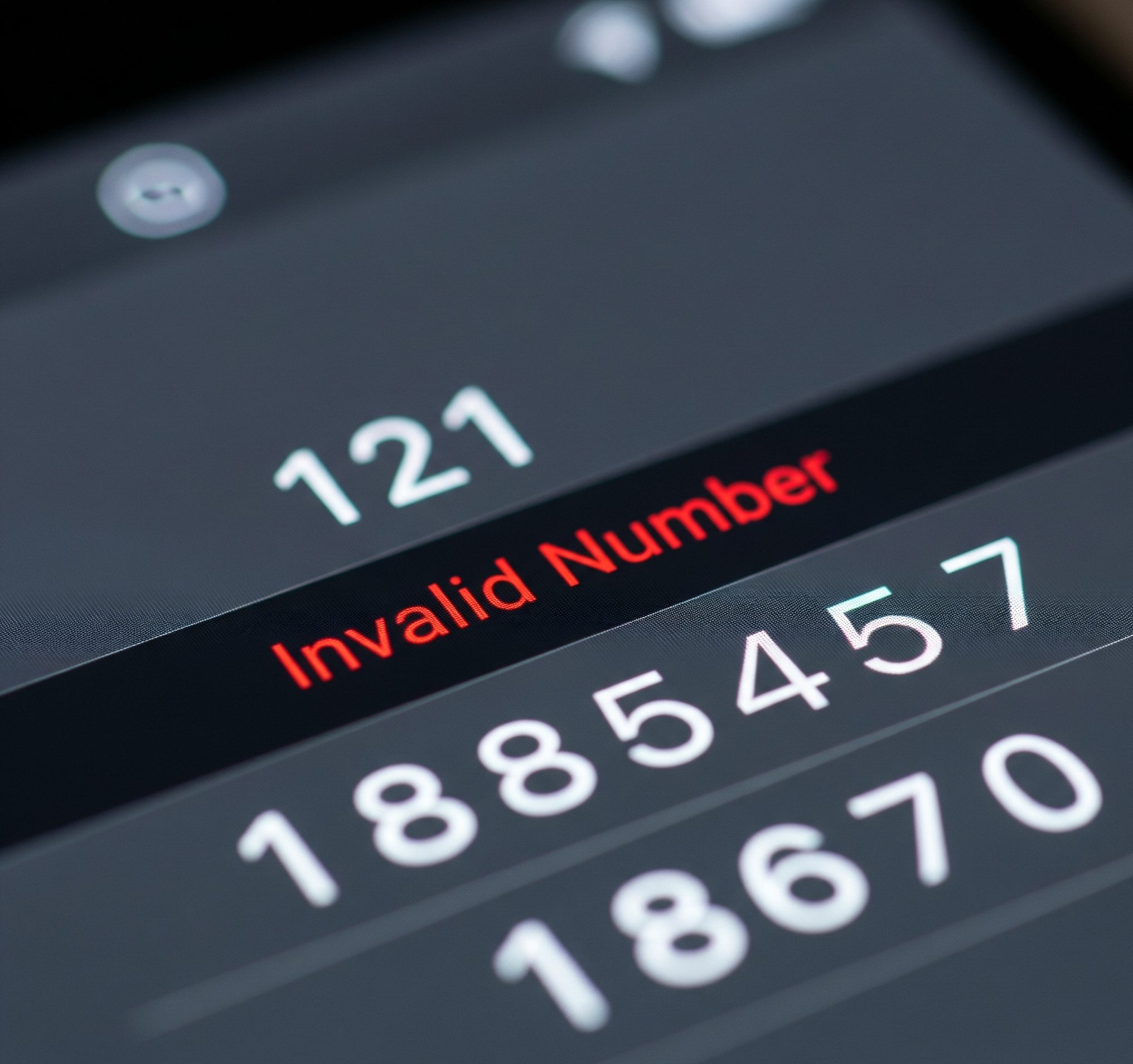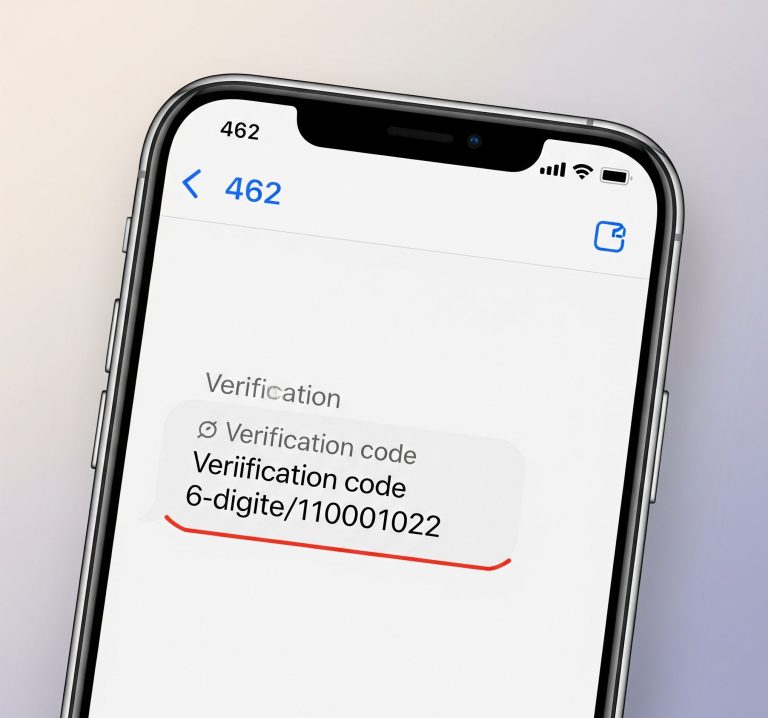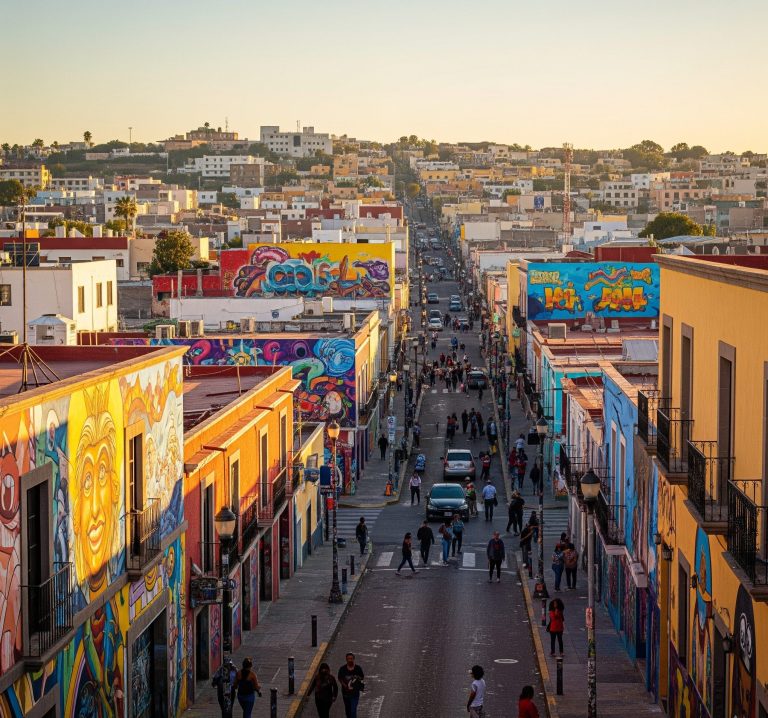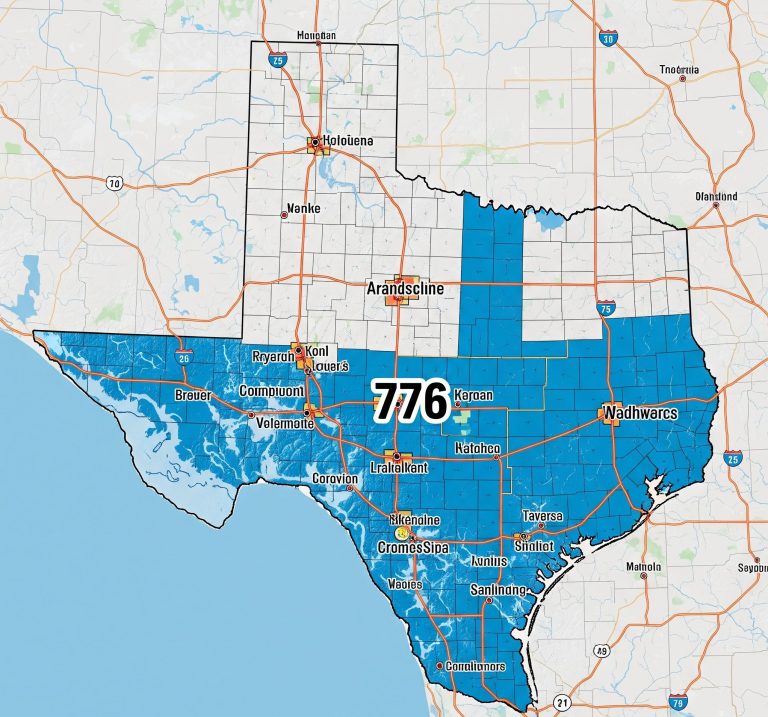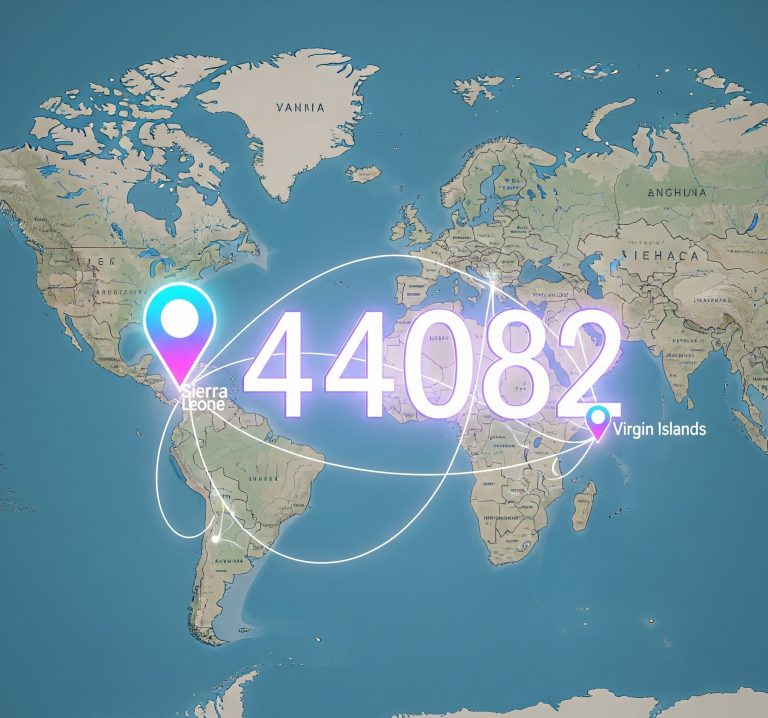In the United States, our phone numbers are more than just a sequence of digits; they’re an integral part of our daily lives, connecting us to family, friends, businesses, and essential services. At the heart of this connection lies the area code system, a three-digit prefix designed to route calls efficiently across the vast expanse of the nation. When we talk about 121 area code USA, it’s important to clarify a common misconception and delve into the fascinating world of how our telephone numbering plan works.
Contents
The Reality of “121 Area Code USA”
For an American audience, the phrase “121 area code USA” can be a bit of a head-scratcher. That’s because, quite simply, there is no 121 area code USA in the standard North American Numbering Plan (NANP). The NANP, which governs telephone numbers in the United States, Canada, and several Caribbean nations, uses three-digit area codes where the first digit is typically 2-9, and the second digit was historically 0 or 1.
While “121” is a valid area code in some international contexts (for instance, it’s the area code for Birmingham, United Kingdom), it is not allocated for use within the United States. This distinction is crucial to understand when making domestic calls or interpreting phone numbers received from within the U.S.
Common Misconceptions About Area Codes
The idea of a “121 area code USA” highlights a broader point about misconceptions surrounding area codes. Many people might assume:
- Sequential Allocation: That area codes are assigned sequentially across the country, like ZIP codes. In reality, their initial assignment was more complex, taking into account population density and rotary dialing efficiency.
- Permanent Location Tie: That an area code always indicates a person’s current physical location. With the advent of mobile phones and number portability, individuals can retain their original area code even if they move across states or the country. While an area code still originates from a specific geographic region, it doesn’t always guarantee the caller is currently there.
- Exhaustion as the Only Driver: While number exhaustion is a primary reason for new area codes, historical factors and technological advancements have also influenced their evolution.
The Evolution of Area Codes in the United States
The concept of area codes in the U.S. dates back to 1947, when AT&T introduced the North American Numbering Plan (NANP). Before this, long-distance calls often required operator assistance. The NANP aimed to automate the process, enabling callers to dial directly across the country.
Initial Design and Assignment
The original plan divided North America into 86 “numbering plan areas” (NPAs), each assigned a unique three-digit area code. The design principles were fascinating:
- Rotary Dialing Efficiency: Densely populated areas, which would receive more long-distance calls, were assigned codes that were quicker to dial on rotary phones (e.g., 212 for New York City, 213 for Los Angeles, 312 for Chicago). Numbers with “1” or “0” in the middle position were historically reserved, with ‘0’ indicating a single-area-code state and ‘1’ for states with multiple area codes.
- Geographical Grouping: Area codes were generally designed to cover specific geographical regions, often aligning with state or provincial boundaries, though larger states might be subdivided.
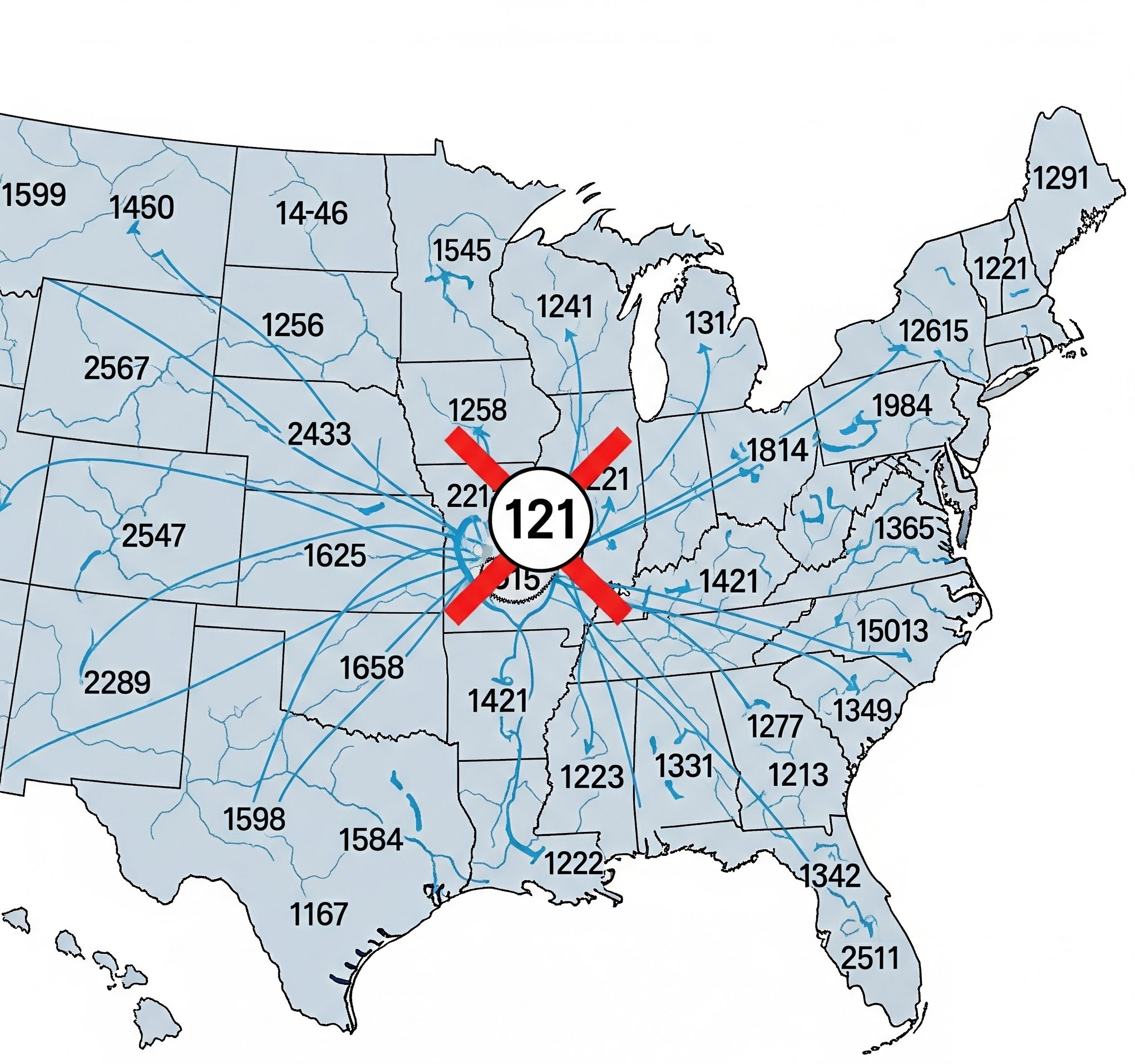
Adapting to Growth: Splits and Overlays
As the demand for telephone numbers surged, particularly with the proliferation of fax machines, pagers, and later, mobile phones and internet connections, the original area code system needed to expand. This led to two primary methods of introducing new area codes:
- Splits: This involved dividing an existing area code’s geographic region into two or more parts. One part would retain the original area code, while the others would receive new ones. This often required residents in the newly-coded areas to change their numbers and update their stationery.
- Overlays: A more recent and now common method, overlays introduce a new area code into the same geographic region as an existing one. This allows existing phone numbers to remain unchanged but requires “10-digit dialing” for all local calls, even if they share the same physical area, because two different area codes now serve the same area. This is why many Americans are accustomed to dialing all ten digits (area code + seven-digit number) for local calls.
The Importance of Area Codes Today
Despite the rise of digital communication methods and the portability of phone numbers, area codes remain a vital component of the American telecommunications system.
Routing Calls and Identifying Origins
Fundamentally, area codes continue to serve their original purpose: to direct calls to the correct geographic region. When you dial a 10-digit number, the first three digits tell the phone network which general area to connect your call to, before the next seven digits pinpoint the specific phone line.
Moreover, while not always indicative of a caller’s current physical location, an area code still provides strong clues about their originating region or where their phone service was first established. This can be useful for:
- Recognizing local calls: Allowing individuals to discern whether an incoming call is likely from their immediate vicinity.
- Business presence: Many businesses strategically choose phone numbers with local area codes to foster a sense of community connection and trust with their customers, even if their operations are broader.
- Marketing and outreach: Sales and marketing teams often use area codes to tailor their outreach strategies, understanding time zones and regional preferences.
Cultural Significance and Identity
Beyond their technical function, area codes have developed a significant cultural identity in the U.S. Iconic area codes like 212 (New York City), 310 (Los Angeles), or 305 (Miami) have become synonymous with the cities they represent, often appearing in popular culture, music, and local branding. For many Americans, their area code is a subtle but strong link to their hometown or a place they’ve lived, often evoking a sense of pride and belonging. This cultural attachment can be so strong that individuals resist changing their area code even when moving to a new state.
Navigating the Numbering Landscape
For consumers and businesses alike, understanding the role of area codes is key to seamless communication. While we’ve established that there’s no 121 area code USA, the principles behind how other area codes function are universal across the country. As the digital landscape continues to evolve, with new communication technologies emerging, the underlying system of numerical identification, pioneered by the area code, will continue to adapt and ensure that Americans remain connected. The area code, seemingly just a string of digits, is a testament to the complex and dynamic infrastructure that keeps our nation communicating.

